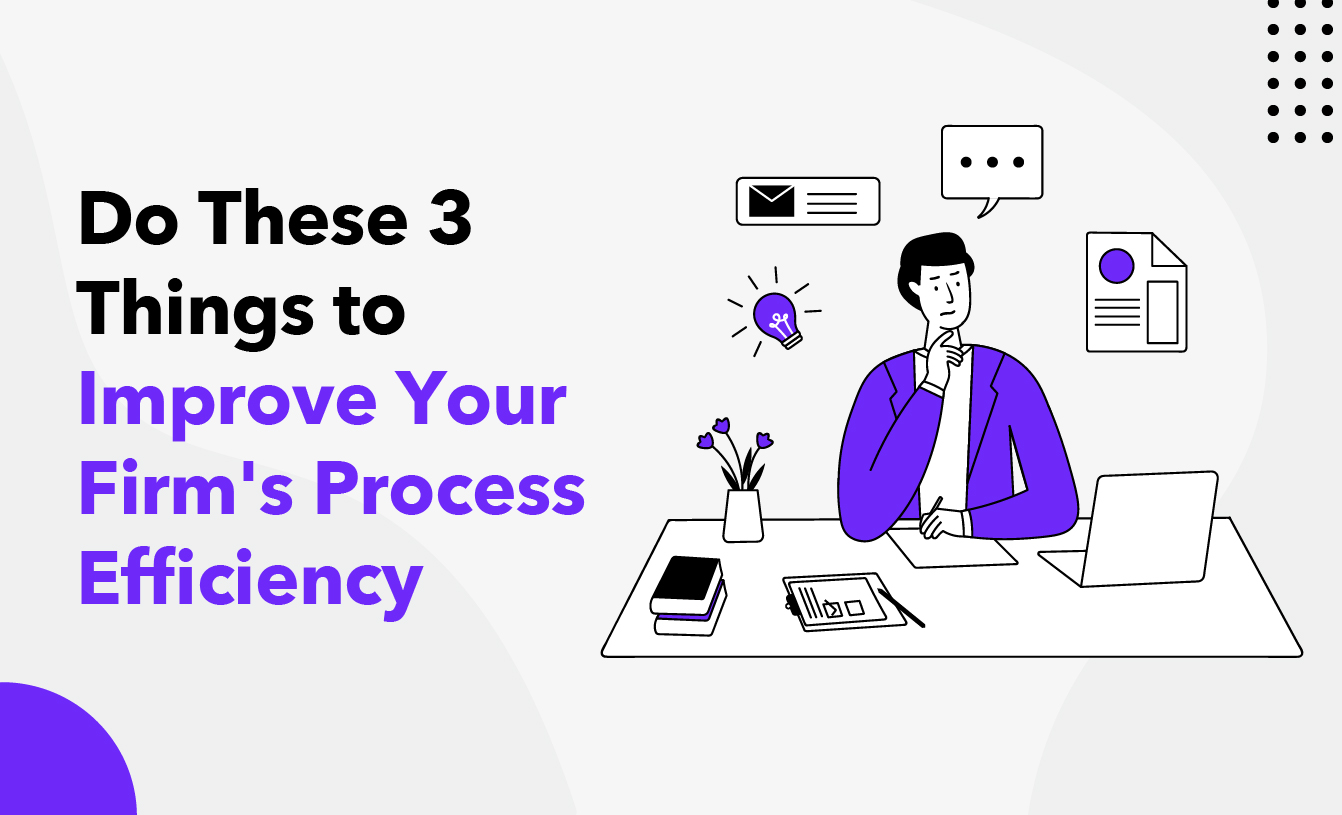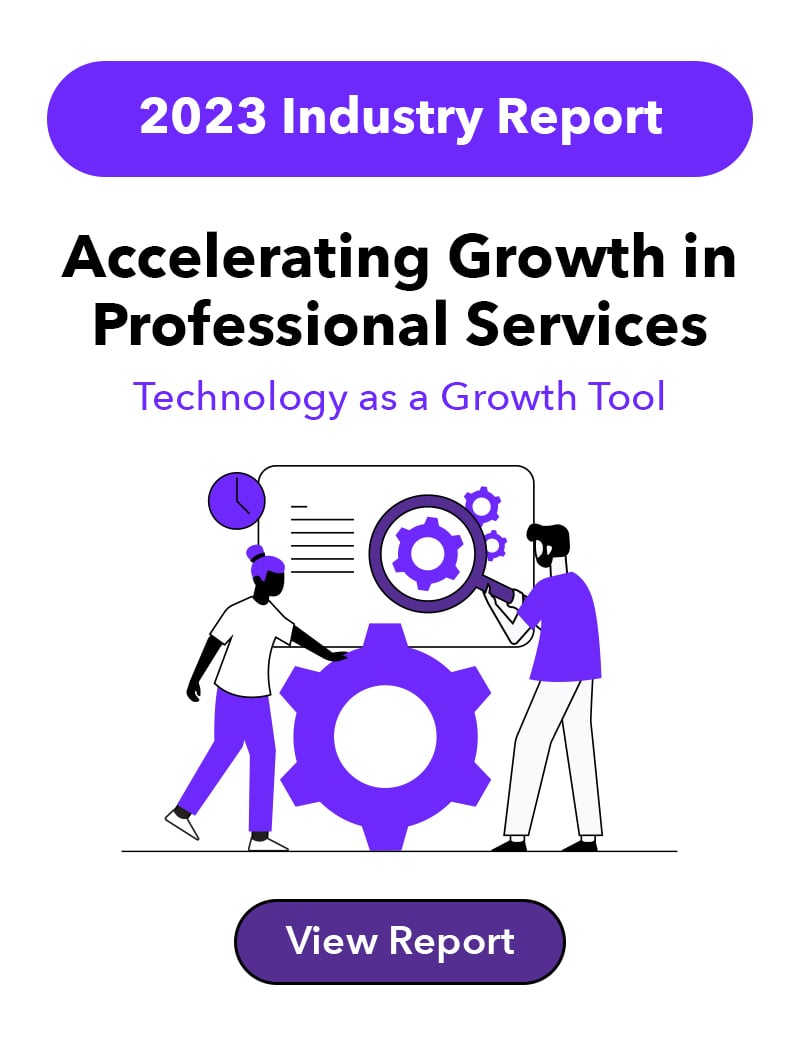Of all the things that can kill a company, a lack of process efficiency is among the hardest to detect. Inefficiency stealthily erodes company profits year after year and can affect any department.
To highlight this, consider how it affects data professionals, a vital role in modern business.
Per this IDC study, 50% of data professionals’ time is wasted each week conducting unsuccessful data activities (30%) or building data architecture or functionalities that already exist in their organization (20%). Since most data professionals work 50+ hour weeks, that means 25 hours are lost per professional, per week.
The compounding effect over time is staggering.
In this article, we'll outline three essential steps to improve your firm’s process efficiency and reclaim some of that lost time.
Assess Your Current Processes
The first step to improve process efficiency is conducting a comprehensive internal audit to figure out where losses occur. There are two main offenders: bottlenecks and redundancies.
Identify Bottlenecks and Redundancies
Bottlenecks are anything that restricts or impedes the flow of information.
Bottlenecks can be mechanical, such as a slow computer network or unstable ethernet connection. They can also be caused by personnel, both internal and external. A lack of knowledgeable staff or a third-party delay can slow down communications and lead to frustration.
Redundancies are necessary in some fields (engineering, nuclear physics, astronauts), but in most, doing the work twice doesn’t pay. When you consider existing workflow patterns and resource allocation, think like a proofreader: anything that’s not adding to the final product is taking away from it.
Remember to keep an open mind. Improvements in process efficiency, especially at larger scales will likely require significant investment, but weighing that cost against the projected losses should make the choice an easy one.
Gather Feedback from Employees and Stakeholders
Your employees and stakeholders will be your best sources of insight.
Encourage open communication about pain points and inefficiencies in the current processes. Their feedback can shed light on issues that might not be immediately apparent and provide essential perspectives for a comprehensive view.
Diverse feedback from multiple teams, especially teams whose tasks and goals overlap closely, is invaluable when creating solutions. Every team should be working towards a common goal – a successful company – at the end of the day, so make sure they all have a way to share their input.
Use Process Mapping Tools and Flowcharts
Once you’ve gathered the necessary data and insights, visualization tools like process mapping and flowcharts can be invaluable for charting your next steps.
These visual aids allow you to see process steps, dependencies, and potential optimization opportunities at a glance.
And perhaps most importantly, you can use them as a visual aid and guidelines for your teams as they begin to make improvements.
Take Advantage of Tech
The right technology can play a crucial role in improving process efficiency. Your team has limited time and energy, and technology can fill in the gaps, enabling them to focus on more strategy and insight-heavy tasks while reducing the risk of human error.
Automate the Busy Work
Tasks suitable for automation are those that are repetitive and rule-based.
For example, consider tombstone creation, a task that occurs frequently in professional services firms. These are pitch graphics that require, at a minimum: consistent branding, accurate deal information, and legal approvals.
This often requires inputs from mutiple teams (marketing/BD, design, and your lawyers) to put one together, and may be needed multiple times weekly, or even daily. Automating this task saves time and headaches for all three teams.
Other commonly automated tasks might include data entry, scheduled reminders, backing up Cloud files or data stores, etc. In general, any task where human error can have a significant negative impact is worth automating if possible.
Leveraging Technology for Efficiency
While some tasks can't be fully automated, technology can still make them less time-consuming. Consider how artificial intelligence (AI) can be used for marketing or other functions within your firm.
Natural Language Processing (NLP) AI excels at gathering and categorizing linguistic data, such as survey feedback or social media responses. This would take rigorous analysis by a dedicated team, which would otherwise take weeks or months.
Choose the Right Tech
The best technology solutions enhance efficiency rather than add complexity.
When in doubt, opt for user-friendly options that seamlessly integrate into your existing tech stack. Explore this insight from an experienced marketing leader for a deeper dive into the thought process behind building your technology stack.
3. Streamline Communication and Collaboration
Efficient processes rely on effective communication and collaboration within your team and across departments. The breakdowns in your processes often result from inefficient or non-existent communication.
Avoid Information Silos with Clear Comms Channels
Establish clear and accessible communication channels within your organization. These channels can include dedicated Slack channels, online forums, or other digital tools that enable team members to make requests, ask questions, and share information easily.
Information silos often result from a lack of clear comms channels and can hinder the flow of critical data, leading to miscommunication. Regular check-ins and status updates can help break down these barriers and ensure everyone is on the same page.
Foster Cross-Functional Collaboration
In many cases, the goals of one department align with those of other teams.
Encourage and facilitate a collaborative working environment where different departments work together to achieve common goals. Other departments may have already identified efficiency-boosting tactics that could help solve your specific challenges.
To facilitate ongoing collaboration, consider establishing multi-disciplinary task forces. These task forces can serve as liaisons between teams, ensuring that the collaborative momentum keeps going.
Keep Updating Your Processes
Improving your firm's process efficiency is a continuous journey. By regularly assessing your current processes, leveraging technology, and promoting effective communication and collaboration, you can prevent inefficiencies from stealing valuable time and resources from your organization.
Check out our Data Enablement 101 eBook and discover how data enablement can fuel your firm's efficiency efforts.
 Sep 19, 2023
Sep 19, 2023




